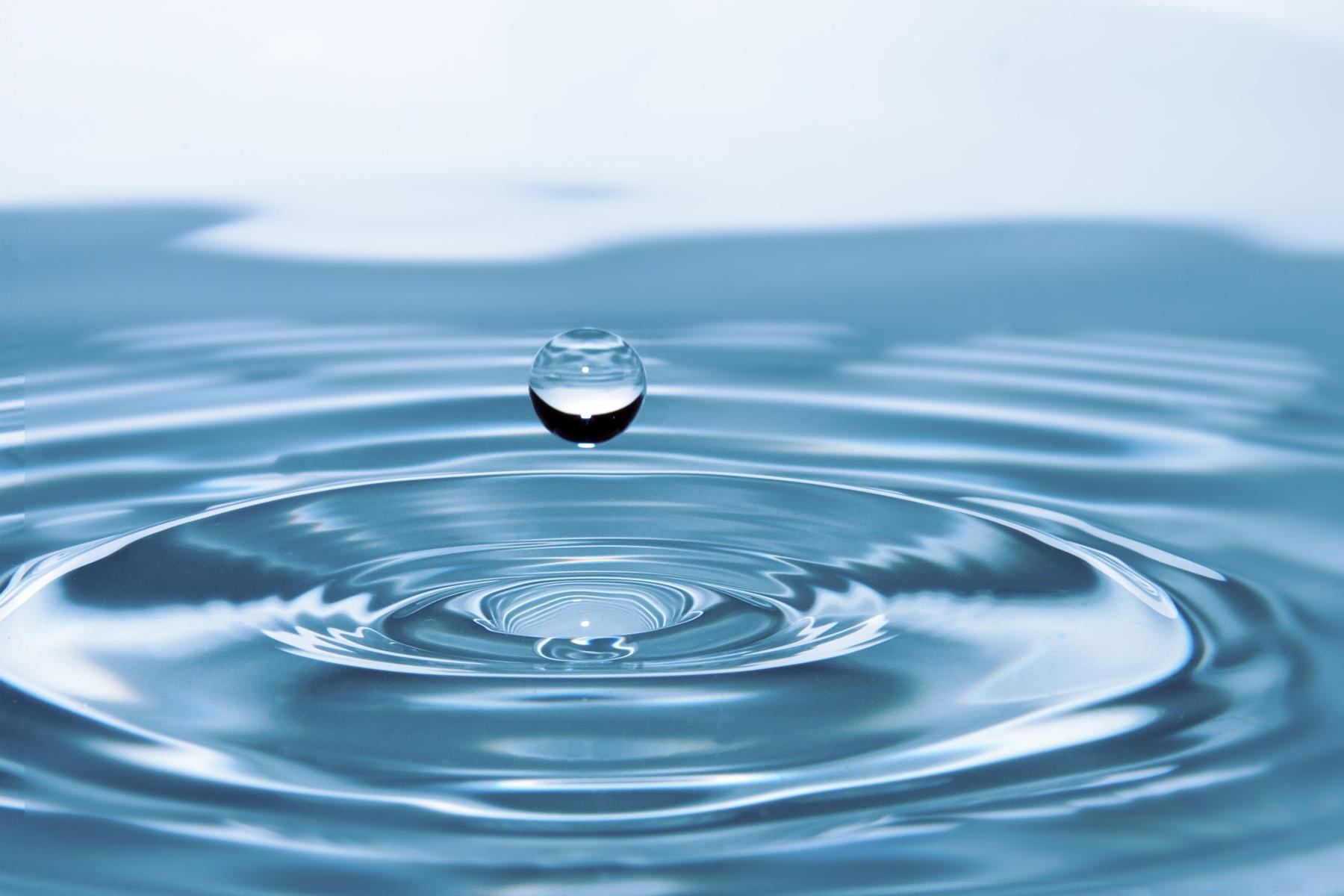
Ripples of Change: Investigating Elements Impacting Sea Level Rise and Mitigations
by Lacey Merritt
Students will use evidence from an investigation to model and explain how thermal expansion of land and sea ice impact the sea level. They will quantify the impact of land ice melt and thermal expansion on sea level using mathematical reasoning to communicate the significance of ice melt percent change and through graphical analysis. Finally, students will design and build a model of a coastal structure that can withstand the impact of rising sea levels due to land ice melt and thermal expansion.
Lesson Grade Level
7th GradeLesson Plan Link/URL
https://docs.google.com/presentation/d/1GJSKHJU34sasfx9xO2mV9-iKucu02lfG/edit?u…Subject Area
Science Earth and Space Science E1: Earth Systems Technology 3. Knowledge Constructor Engineering S2: Apply the Engineering Design Process S4: Apply Science to Engineering Mathematics Ratio and Proportion (RP)
Featured
Off
Related Content

Grades:
4th Grade
In this hands-on lesson, students will construct a model of a volcano and produce lava flows. They will also observe, draw, record, and interpret the history and stratification of an unknown volcano

Grades:
4th Grade, 5th Grade, 6th Grade, 7th Grade, 8th Grade
Lesson "Phoenix Reimagined: From Sun City to Solar City" ensures that students engage in age-appropriate, hands-on learning experiences that promote understanding of solar energy and its applications

Grades:
6th Grade, 7th Grade, 8th Grade
What would you do if you were dropped into the wilderness, with nothing but what you could fit into a backpack, and had to survive harsh weather, a hostile location, and possibly aggressive wildlife

